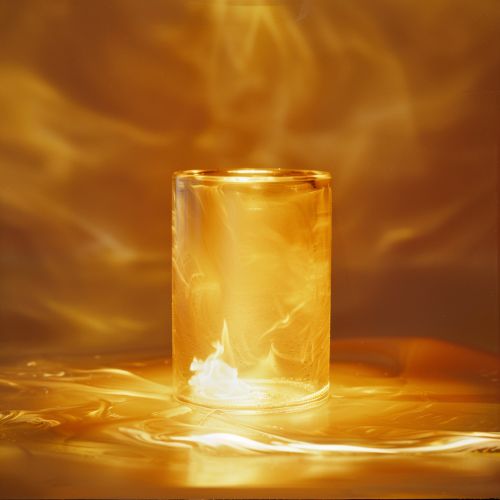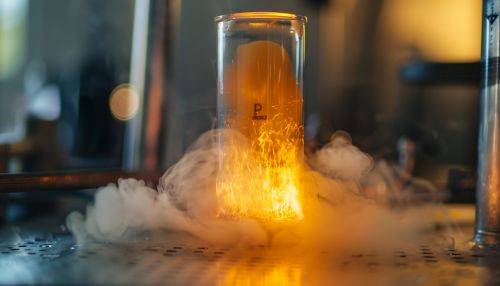Chlorine Monoxide
Introduction
Chlorine monoxide, also known as dichlorine monoxide, is a chemical compound with the molecular formula Cl2O. It is a yellowish-brown gas that is primarily of interest for its role in atmospheric chemistry. It is a strong oxidizer and has a pungent, unpleasant odor.
Physical and Chemical Properties
Chlorine monoxide is a yellowish-brown gas at room temperature and standard pressure. It has a pungent, unpleasant odor similar to that of chlorine gas. It is a strong oxidizer, capable of supporting combustion. It is soluble in water, with which it reacts to form hydrochloric acid and hypochlorous acid.


Synthesis
Chlorine monoxide can be synthesized by the reaction of chlorine gas with oxygen gas. This reaction is typically carried out at high temperatures and pressures. The reaction is as follows:
2Cl2 + O2 → 2Cl2O
Chlorine monoxide can also be synthesized by the reaction of chlorine gas with metal oxides. For example, the reaction of chlorine gas with copper(II) oxide produces chlorine monoxide and copper(II) chloride:
2Cl2 + CuO → Cl2O + CuCl2
Uses
Chlorine monoxide has a number of industrial uses. It is used as a bleaching agent, a disinfectant, and an oxidizing agent. It is also used in the manufacture of chlorates.
In addition, chlorine monoxide plays a significant role in the chemistry of the Earth's atmosphere. It is involved in the depletion of the ozone layer by chlorofluorocarbons (CFCs). In this process, CFCs are broken down by solar radiation in the upper atmosphere, releasing chlorine atoms. These chlorine atoms can then react with ozone molecules to form chlorine monoxide and oxygen:
Cl + O3 → ClO + O2
The chlorine monoxide can then react with another ozone molecule to regenerate the chlorine atom and produce two molecules of oxygen:
ClO + O3 → Cl + 2O2
This cycle can continue indefinitely, with each chlorine atom destroying many ozone molecules before it is removed from the upper atmosphere.
Safety
Chlorine monoxide is a highly reactive and corrosive substance. It can cause severe burns and eye damage. It is also harmful if inhaled, and can cause respiratory irritation or more serious respiratory problems. Appropriate safety precautions should be taken when handling this substance.
